Search
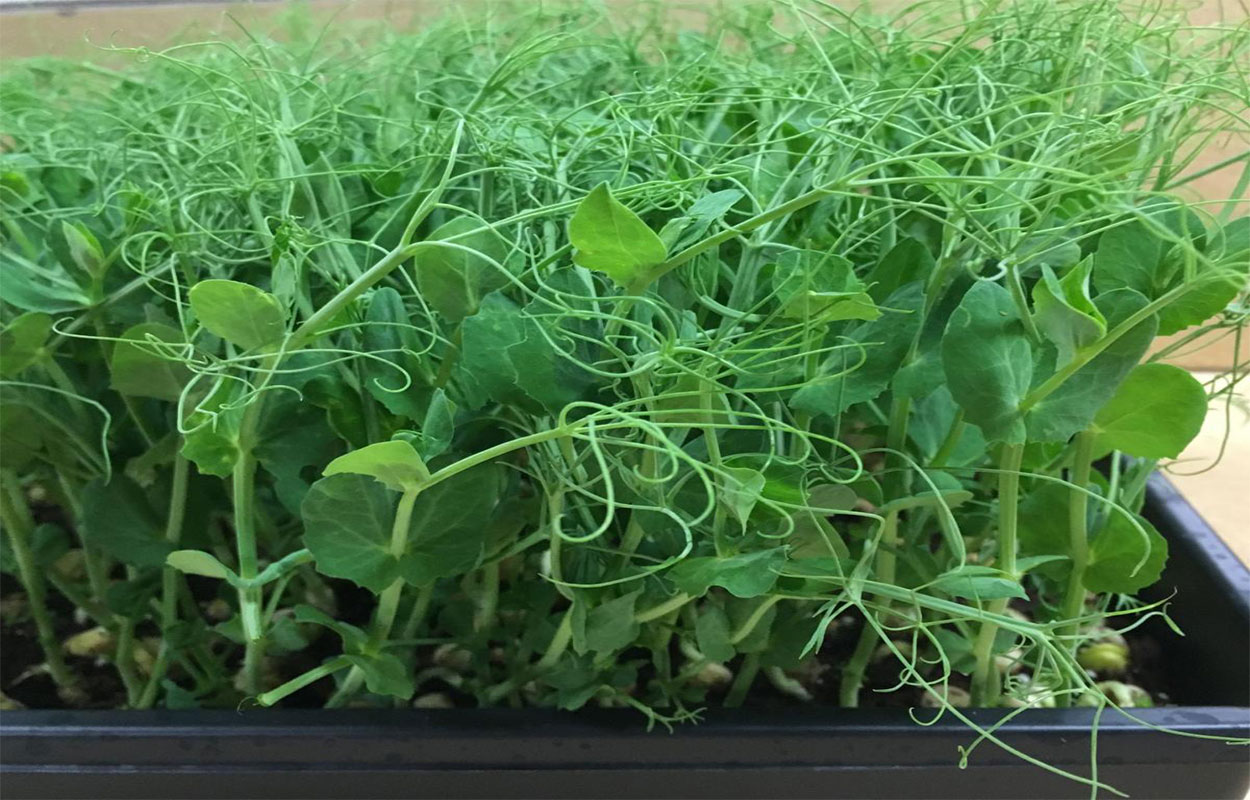
Growing Microgreens at Home
The fall through early spring season can provide an opportunity to grow certain food indoors. Growing microgreens can be an excellent way to add nutritious, fresh vegetables to your diet without taking up a lot of space in your home.

Rotational Grazing During Winter
Winter feed represents one of the largest costs for a livestock production enterprise. Grazing pasture that has been stockpiled for winter use is a rational alternative to limit costs resulting from both harvest and feeding of hay.
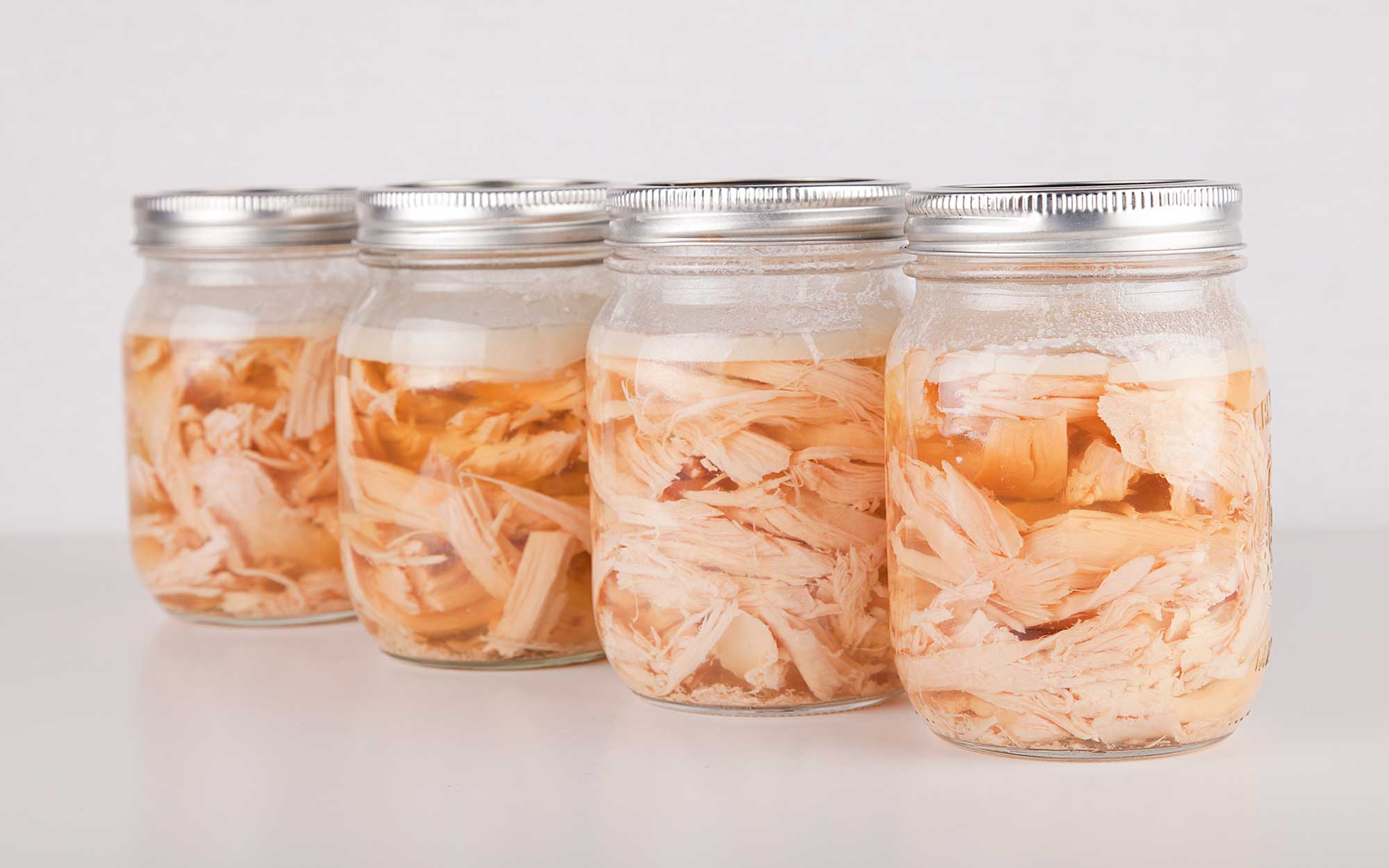
Canned Chicken (Boneless)
Try this research-tested recipe for canned, boneless chicken courtesy of the National Center for Home Food Preservation.
Saturated Buffer Performance, Challenges and a Path Forward
What are the challenges of a saturated buffer and can they work in other states?
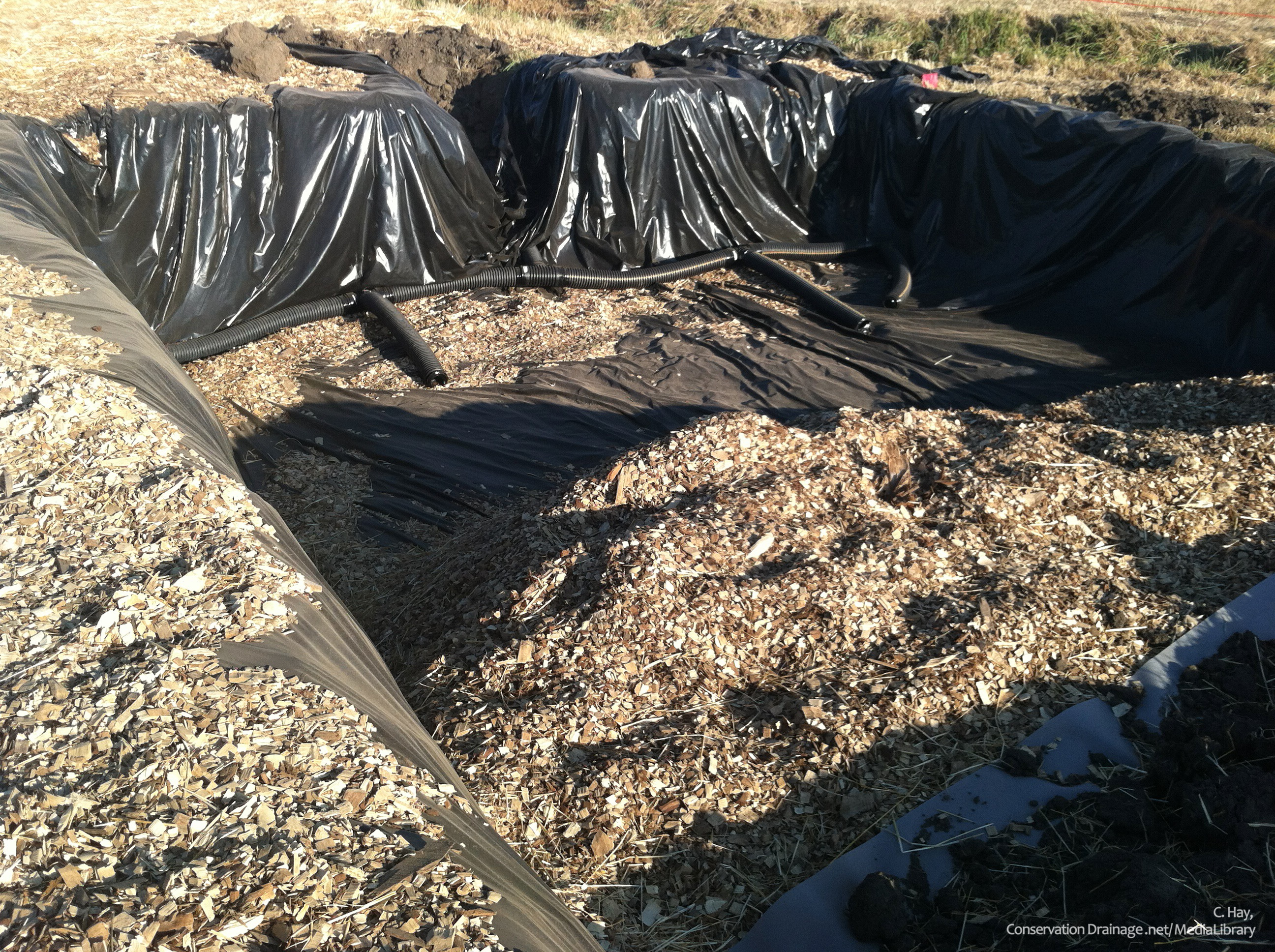
Bioreactors and Your Bottom Line
Why are bioreactors unpopular and what can we do to incentivize farmers to put them in?
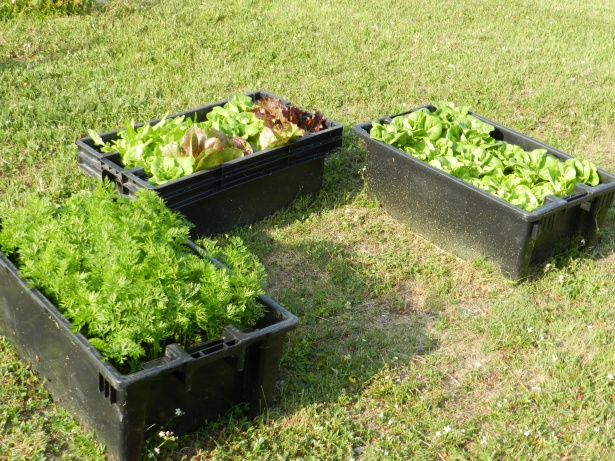
Early Spring Gardeners Prepare to Plant Cool Season Vegetables
The early spring weather has vegetable gardeners ready to proceed with caution into planting the first round of vegetables in South Dakota. Cool season vegetables are those that prefer cool growing temperatures between 60 degrees to 80 degrees Fahrenheit and lose quality in hot weather.

Subsurface Drip Irrigation: Worth the Investment?
What is subsurface drip irrigation, and how does it differ from subirrigation?
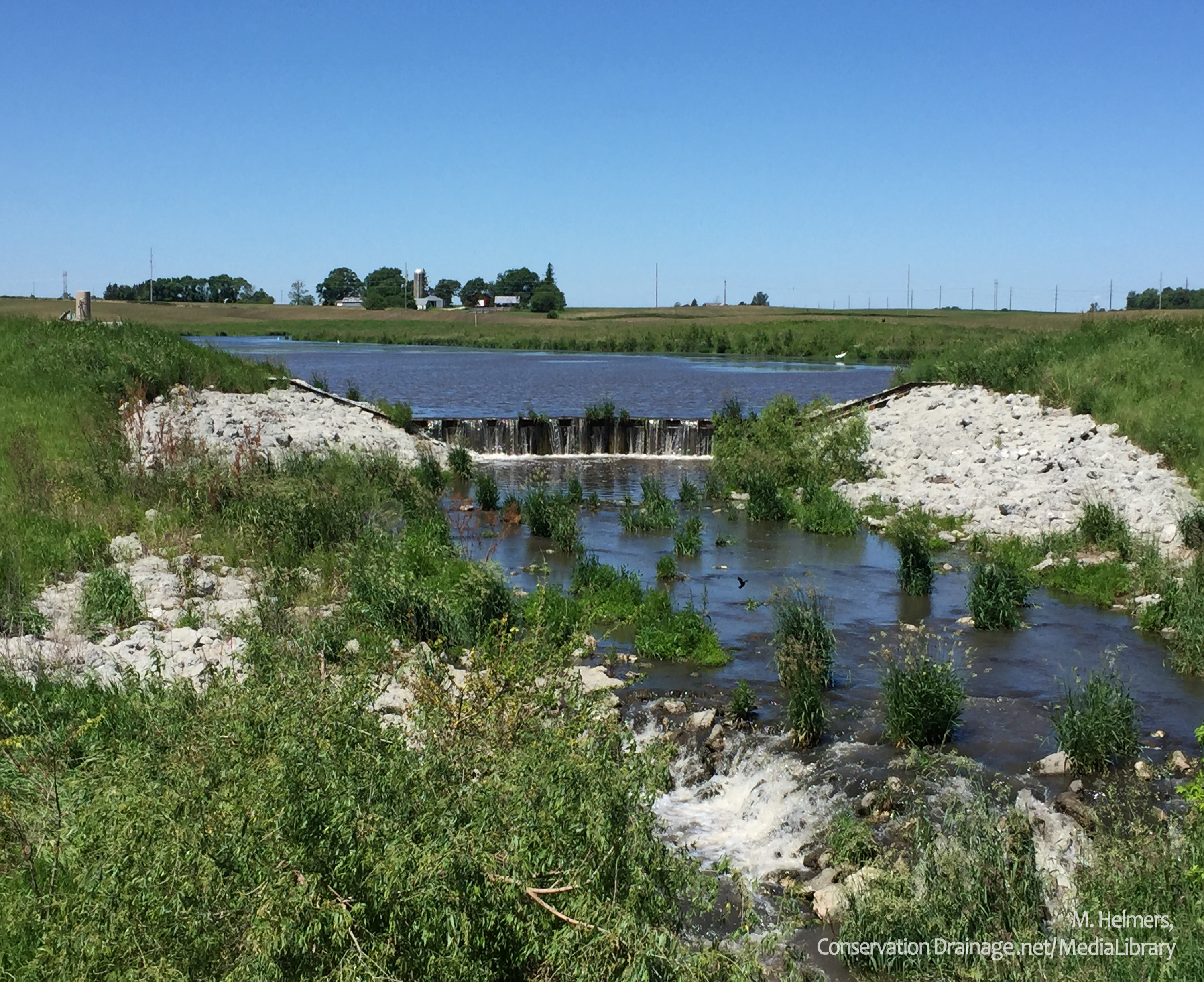
Constructed Wetlands: Engineering Nature’s Filter
How do constructed wetlands emulate the natural process of a wetland? In what ways do the different designs of a constructed wetland have to meet the needs of the area?

Phosphorus and Tile Drainage (Part 2 of 4)
In this week’s episode of Streamlines, Dr. John McMaine and Anthony Bly continue their discussion on phosphorous.

The Importance of Fish for Native Freshwater Mussel Reproduction
To reproduce, freshwater mussels rely on fish to carry their young into new areas and disperse them when they are old enough. By conserving suitable fish habitat, it also allows us to indirectly conserve mussels by providing necessary resources for mussels to reproduce.